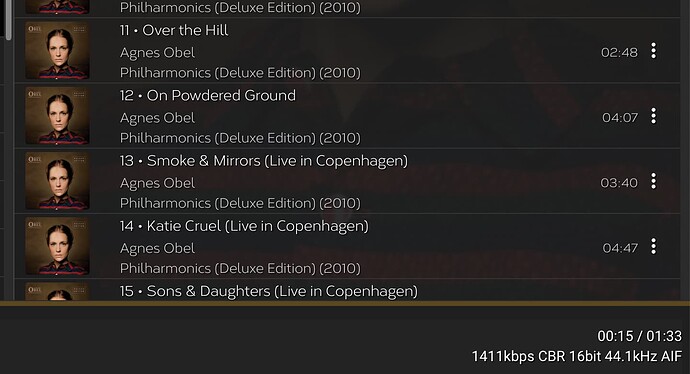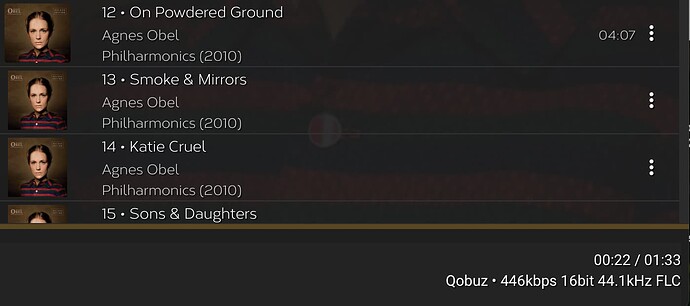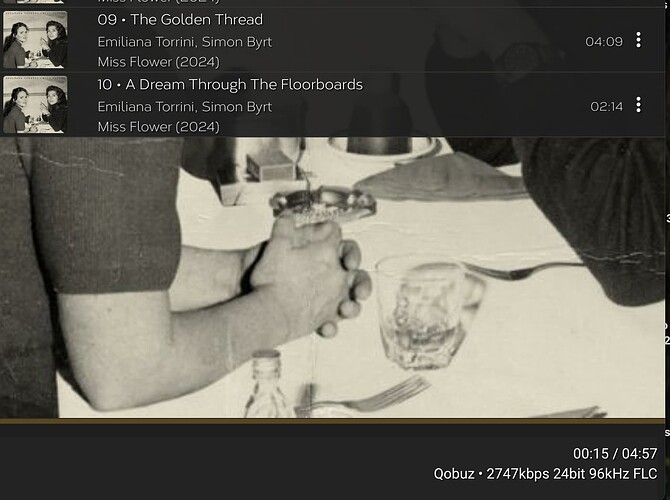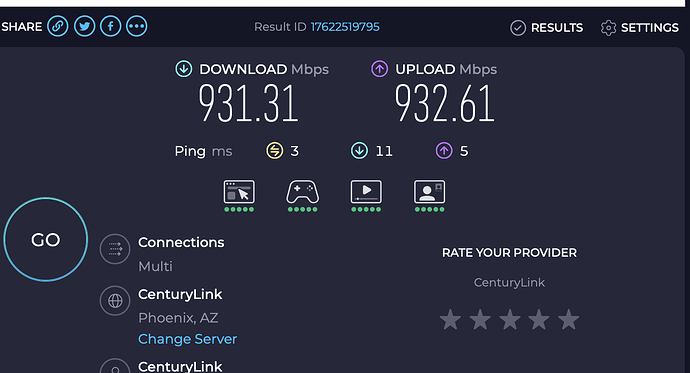Just a quick note before diving deeper—I want to circle back to the original poster @Brucemck2 , who asked about streaming TIDAL via the K50. Hopefully this discussion is still helpful to you! The main takeaway I’d offer: while some of us are deep into the local-vs-streaming debate, rest assured that streaming from TIDAL on a well-set-up K50 can sound excellent, especially when paired with the right player app (e.g., Squeeze, MPD, or HQPlayer) and good system synergy. So you’re not inherently missing out by not using local files—it’s more nuanced than that.
Now, back to the broader discussion:
I fully respect @DesertRat66’s experience and his clearly optimized setup—including the K41, high-quality SSD, and full optical network. That’s no doubt a reference-level chain, and in those conditions, it makes sense that local playback sounds best.
That said, in my own system, which currently includes a clean powered dedicated 4G audio router, fiber break, and careful isolation at every point (PSUs, cables, grounding), I’ve come to a slightly different conclusion:
- Sometimes, local files do sound better, especially certain AIFF or WAV rips.
- But other times, streamed content matches local playback—depending on the album, master, and resolution.
- And conversely, another album from the same streaming service can clearly sound worse.
So I’ve stopped treating it as a rule, and instead approach it album by album.
Also, from experience, I’d caution anyone thinking that fiber is a silver bullet. Yes, it blocks electrical noise, but the quality of the optical converters, transceivers, power supplies, and DC cables feeding them still matters a lot. So while fiber adds a valuable layer of isolation, it doesn’t eliminate the need for care elsewhere in the chain.
And finally, big thumbs up to Qobuz for showing file properties—makes true A/B comparisons easier.
All this to say: I believe there’s no single truth. It depends on the setup, the files, the system synergy—and sometimes, even the mood or listening context. 




